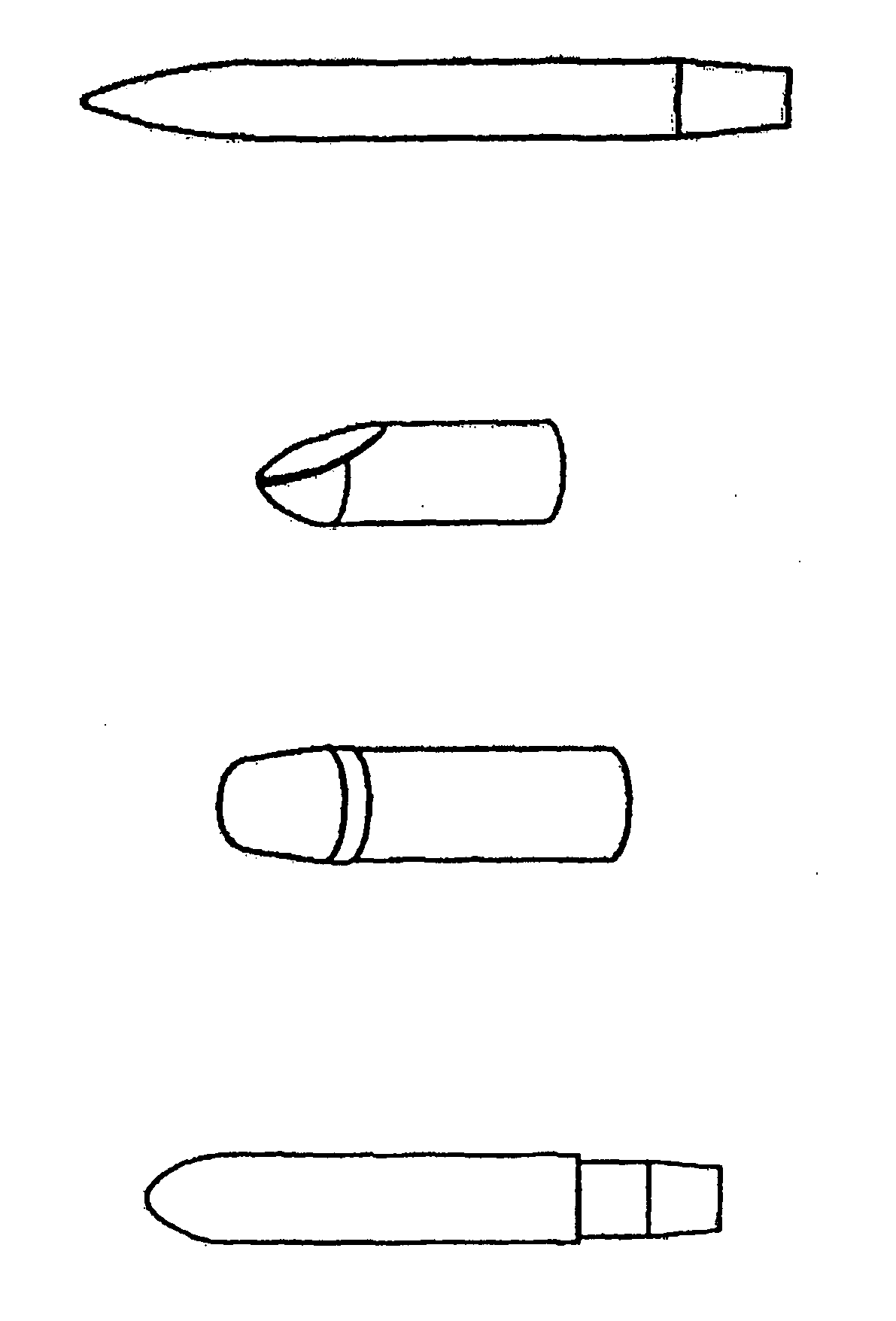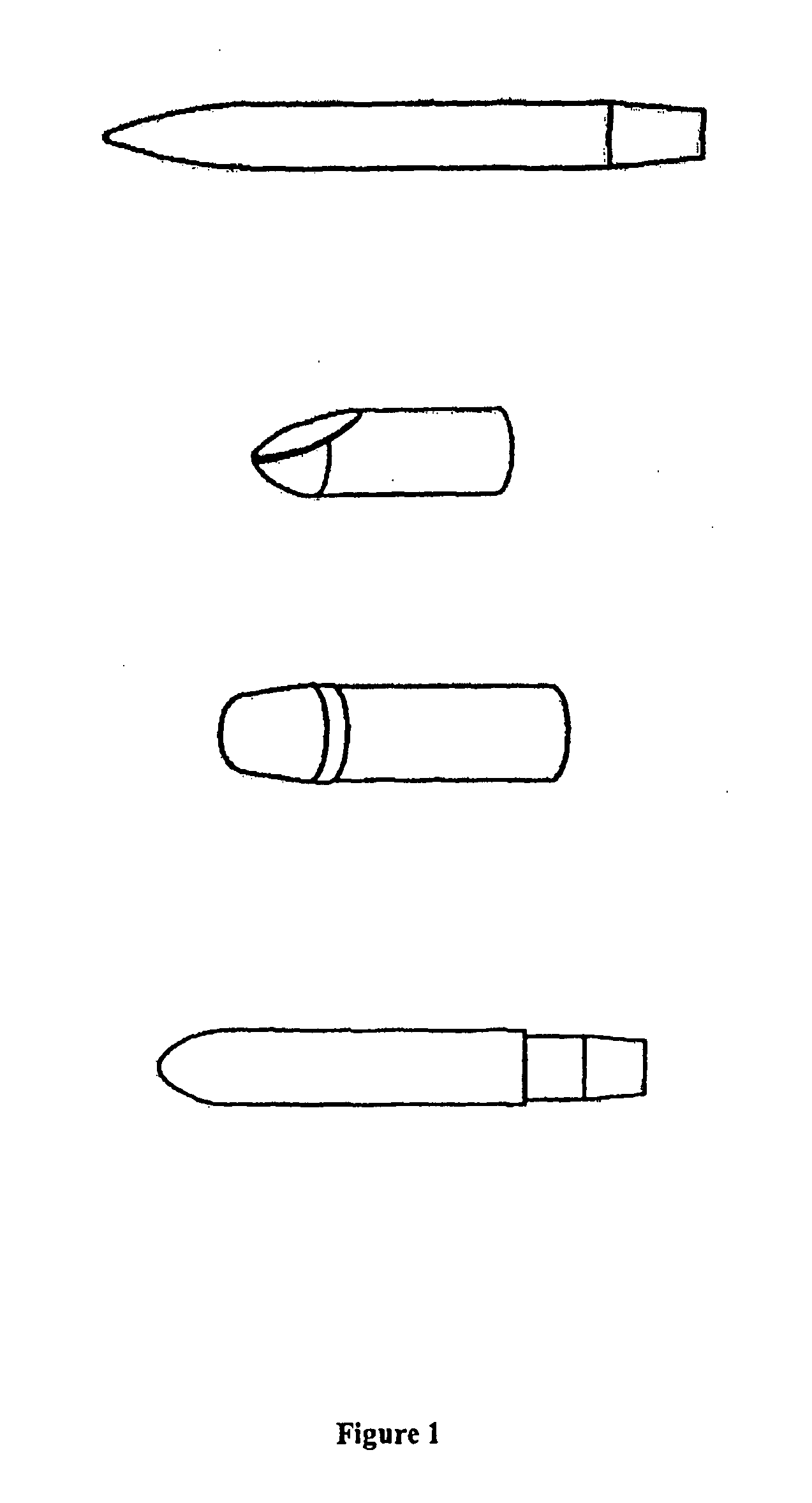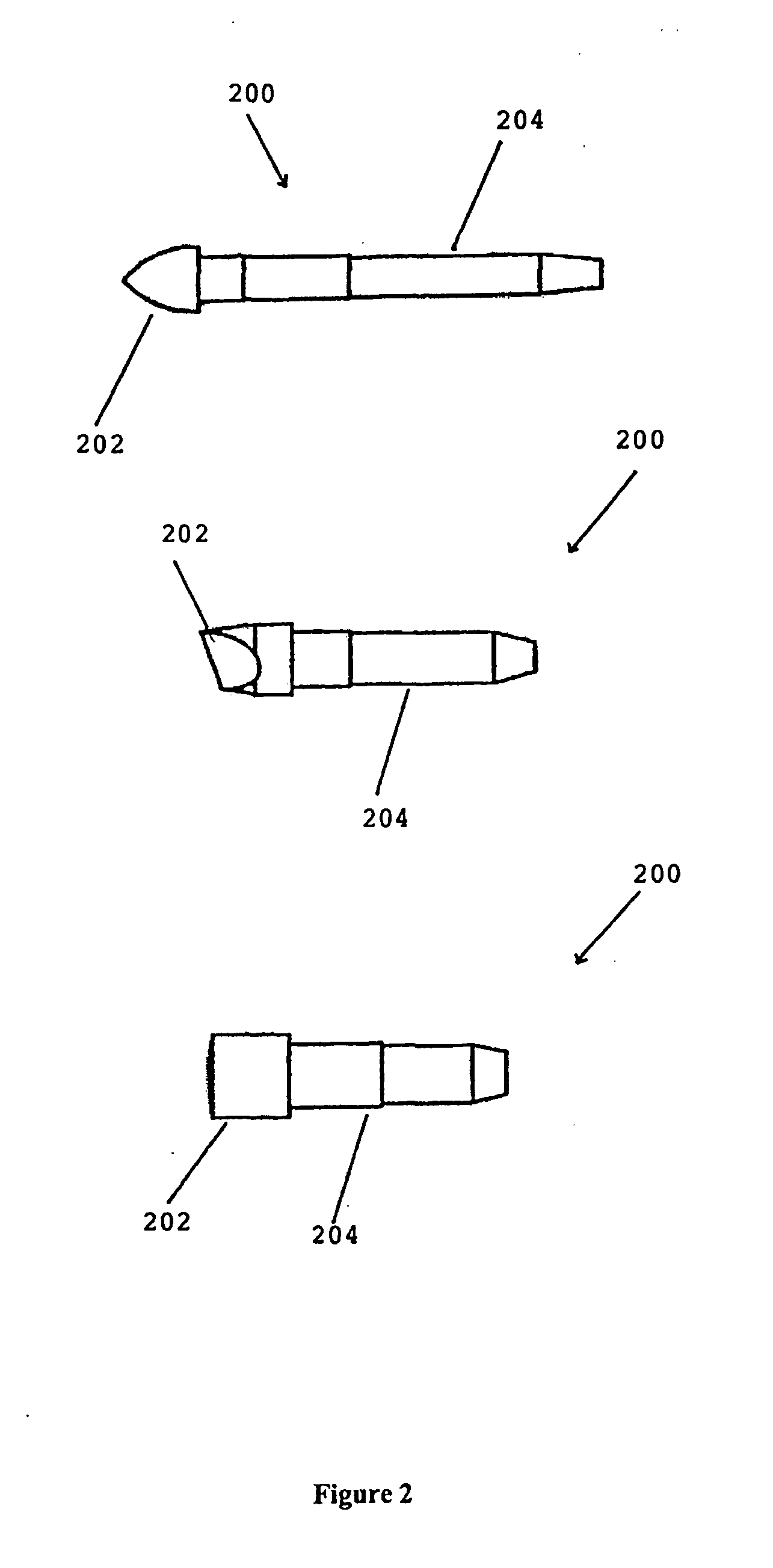Sintered polymeric materials and applications thereof
- Summary
- Abstract
- Description
- Claims
- Application Information
AI Technical Summary
Benefits of technology
Problems solved by technology
Method used
Image
Examples
example 1
Sintered Porous Elastomeric Material
[0276]KRATON® elastomers (styrene-ethylene-butadiene styrene) from Kraton Polymers US, LLC were cryogenically ground to powder, the powder having an average particle size around 200 μm. The resulting elastomer particles were filled into the cavity of an aluminum mold and heated to 400° F. for five minutes and then cooled to room temperature in five minutes. The resulting sintered porous elastomeric material was removed from the mold. The sintered porous elastomeric material had an open pore structure with average pore size of about 55 μm and a porosity of about 50%.
example 2
Self-sealing Sintered Porous Elastomeric Material
[0277]KRATON® elastomers (styrene-ethylene-butadiene styrene) from Kraton Polymers US, LLC were cryogenically ground to powder, the powder having an average particle size of about 200 μm. Carboxymethylcellulose (CMC) (Sigma-Aldrich) having an average particle size of about 200 μm was mixed with the resulting elastomeric particles to produce a mixture having about 15% by weight CMC. The mixture was filled into the cavity of an aluminum mold and heated to 400° F. for five minutes and then cooled to room temperature in five minutes. The resulting sintered porous elastomeric material was removed from the mold. The sintered porous elastomeric material had CMC dispersed throughout the sintered porous matrix and demonstrated an open pore structure with average pore size around 55 μm and 50% porosity.
example 3
Sintered Porous Polymeric Material Comprising a Plastic and an Elastomer
[0278]KRATON® elastomers (styrene-ethylene-butadiene styrene) from Kraton Polymers US, LLC were cryogenically ground to powder, the powder having an average particle size of about 150 μm. 30% by weight of the elastomer powder was mixed with 70% by weight UHMWPE powder (Ticona) having an average particle size of about 150 μm. The resulting mixture was filled into the cavity of an aluminum mold and heated to 360° F. for five minutes and then cooled to room temperature in five minutes. The resulting sintered porous polymeric material was removed from the mold. The sintered porous polymeric material comprising the elastomer and UHMWPE displayed an open pore structure with average pore size around 45 μm and 45% porosity.
PUM
| Property | Measurement | Unit |
|---|---|---|
| Pore size | aaaaa | aaaaa |
| Pore size | aaaaa | aaaaa |
| Percent by mass | aaaaa | aaaaa |
Abstract
Description
Claims
Application Information
 Login to View More
Login to View More - R&D
- Intellectual Property
- Life Sciences
- Materials
- Tech Scout
- Unparalleled Data Quality
- Higher Quality Content
- 60% Fewer Hallucinations
Browse by: Latest US Patents, China's latest patents, Technical Efficacy Thesaurus, Application Domain, Technology Topic, Popular Technical Reports.
© 2025 PatSnap. All rights reserved.Legal|Privacy policy|Modern Slavery Act Transparency Statement|Sitemap|About US| Contact US: help@patsnap.com



